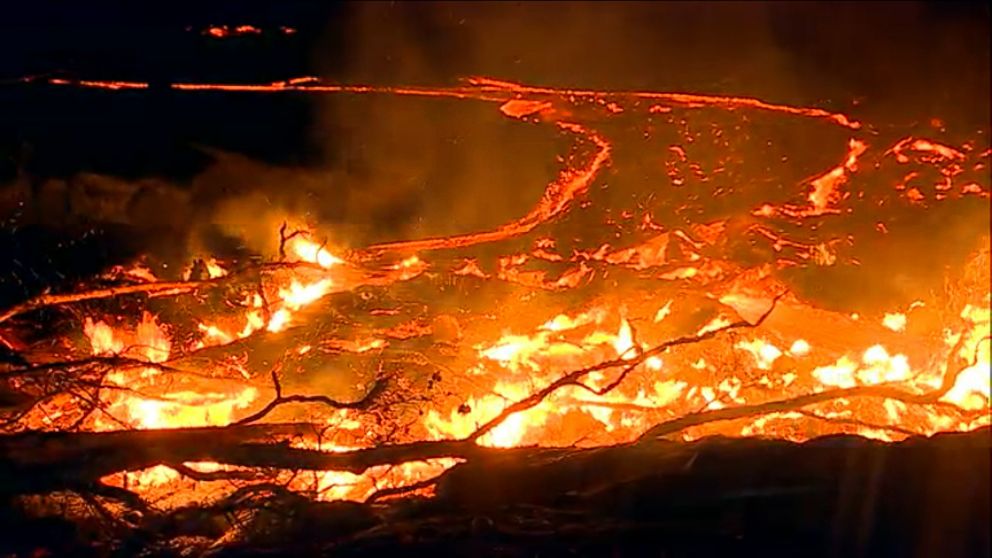

It’s a show that would be a crime to miss, and we’re going to great lengths to make sure that the people come out to see what we’re cooking up. The story of Bobby Strong, the young urinal custodian with a dream, is one that anybody can root for – even a CEO. The dance numbers are energetic, the dialogue is witty, and the music will have your toes tapping. His team has already begun: they’re now tracking how a vast span of British Columbia-10 times the size of their Lost Creek study area-evolved after it was burned in 20.Urinetown is something that speaks to many every day concerns, and a few global ones, and if the material is as funny as we say it is, people will sit up and take notice. Silins says there is still lots more research to do to understand how wildfires affect fish. “We can’t speak too generally about wildfires.” Whether a fish population ultimately recovers from the devastation of a fire, Flitcroft says, depends on whether there are safe refuges up or downstream from burned areas, and whether intact populations from other areas move in to repopulate the spots decimated by fire.īecause the ability of fish communities to recover depends on several interacting factors, predictions for a specific population can be tricky, Silins says. Debris flowing into the river increased the amount of suitable habitat and actually ended up boosting the population.


After the most recent fire in the Wenatchee River subbasin in Washington State in 2014 for instance, spring chinook salmon populations dropped, and then rebounded. The geology of the area helped the fish, too-particularly silty sediments held on to phosphorus, feeding the algae (and eventually the fish, via insects) at a constant rate.įlitcroft’s research also indicates that wildfire can sometimes benefit species over the long-term. In the watershed he studied, Silins found that underground springs kept the stream consistently cold, mitigating the loss of shade plants. And that increased growth rate of fish,” he says. In that case, Silins saw benefits to the local cutthroat trout: “Fire produced a change to a limiting nutrient that was a benefit to the insect communities. Uldis Silins, a forest hydrologist at the University of Alberta, has studied the post-fire repercussions of the Lost Creek fire that torched 200 square kilometers of southwestern Alberta in 2003.

These nutrient dumps often result in algae blooms, which, in turn, support more insects for fish to eat. Ash from burned plants typically makes its way into streams and rivers, causing heightened loads of phosphorus, nitrogen, and potassium. Indeed, while fire can be terrible for individual fish, the story for populations can be quite different. Flitcroft points out that as populations, many animals, including fish, have evolved to survive severe, shorter events such as fires even if their numbers temporarily decline. Not surprisingly then, in the weeks and months after a wildfire, “fish populations will decline, sometimes dramatically,” says Rebecca Flitcroft, a fish biologist at the US Forest Service. Heat is particularly dire for eggs and fry. If trees that once provided shade burned down, that stream’s water could heat up enough to make it unsuitable for cold-water fish, such as trout. Even firefighting efforts are a threat: foam fire suppressants can suffocate fish, while fire retardants can be toxic.įollowing those immediate threats, wildfires can also change a fish’s habitat for months and even years. Denuded stream banks erode quickly, with topsoil and ash clouding streams and making it difficult for fish to breathe or find food. If a fish survives without being cooked, short-term changes to its environment might finish it off. But fish can’t.ĭuring a fire, the temperature of a stream or river will sometimes rise to a lethal degree. When a wildfire rages, some animals fly, hop, or run to safety.


 0 kommentar(er)
0 kommentar(er)
